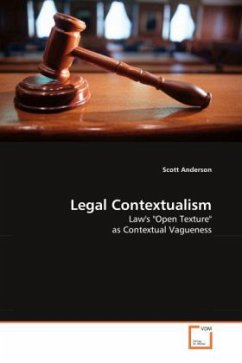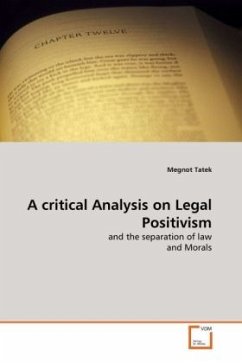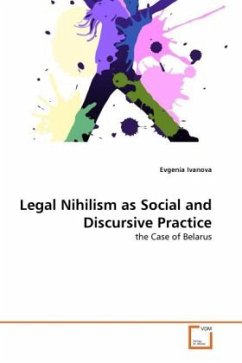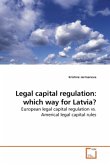Theorists have described legal indeterminacy by emphasizing three distinct sources of law's gaps. Holmes is committed to an ontic approach in which judges determine law by filling systemic gaps. Hart offers a semantic approach, focusing on the open texture of legal terms. Dworkin offers an epistemic approach, describing gaps as judicial uncertainty in applying relevant principles. Philosophers of vagueness have also taken ontic, semantic, and epistemic approaches. Because none seems satisfactory, contextualist theorists have offered an alternative. Shapiro describes vagueness within the context of an ongoing conversation as borderline cases of open-textured terms that give evaluators discretion to decide those cases either way. Since Shapiro and Hart employ Waismann's notion of open texture, a contextualist reconstruction of Hart's.







